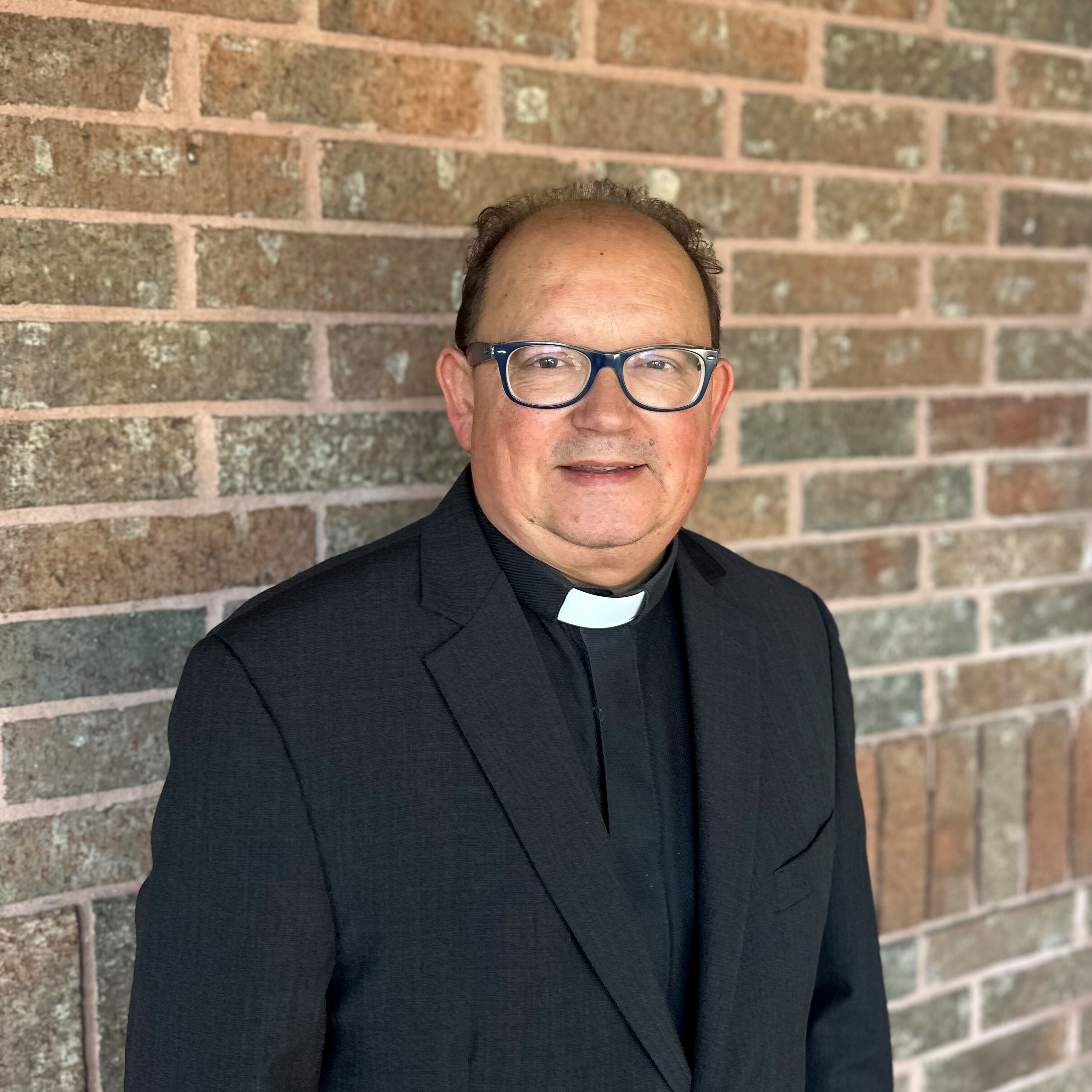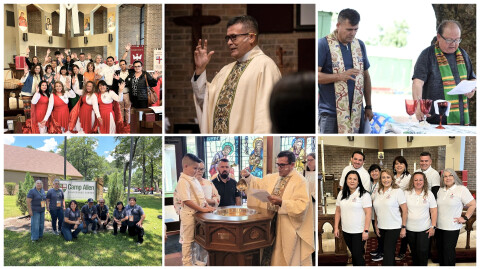All systems seek to achieve perfect equilibrium. Imagine all the gears that make a complicated machine work. Equilibrium is that sense of balance that happens when any powers, influences, and opposing forces perform tasks in accordance with expectations, allowing the machine to function properly. Equilibrium for chemists, for example, is “the condition existing when a chemical reaction and its reverse reaction proceed at equal rates.” (Dictionary.com.) Alter those rates and you lose chemical equilibrium.
Within biological and social systems (the human body, family, community of people, church…) the goal goes above and beyond equilibrium, since we are dynamic forces that are always changing and being changed by our environments. We are not just fixed pieces of a puzzle, performing an expected function. We are human beings who are constantly exploring, creating, moving, changing, and redefining who we are in relation to others and our environment. The goal for human systems is homeostasis. According to Encyclopedia Britannica, homeostasis is “Any self-regulating process by which biological systems tend to maintain stability while adjusting to conditions that are optimal for survival. If homeostasis is successful, life continues; if unsuccessful, disaster or death ensues. The stability attained is actually a dynamic equilibrium, in which continuous change occurs yet relatively uniform conditions prevail.”
In other words, life in community is made possible by the dynamic interaction among members of the community. To maintain a sense of order and dynamic equilibrium the system adopts a set of rules or principles, some of which are written and acknowledged, and some which are unspoken, but widely obeyed. In our church for example, we have spoken and unspoken rules which allow our life in community: We are followers of Jesus of Nazareth. As such, we follow his example, we worship his holy name, and we do everything we do in his name. This is a non-negotiable rule. There are other non-negotiable rules: we believe the Bible to be the inspired word of God and we seek to model our corporate life in accordance with Biblical teachings. We are led by the leadership of Bishops and our liturgy and prayer life follow the patterns and rubrics of an approved Book of Common Prayer. We discern in community which individuals are called into the ordained ministry of our church and we have three orders of ordained ministry we call Deacons, Priests, and Bishops. We are a church governed by local lay-vestries and we emphasize the priesthood of all believers, etc.
In addition to denomination-wide non-negotiables that give a sense of universality to our corporate life (All Episcopal churches are required to follow these rules,) every congregation develops a very specific ethos, a set of practices and internal rules this church follows, but which are not demanded or expected of all other churches. There is a pattern to the life of a congregation that is controlled and determined by the members themselves. Some churches choose one specific Sunday a year where all the members wear orange, all the snacks are orange, and children are encouraged to do orange arts and crafts. There are churches that do a Fall Festival, while others do a Boars Head Dinner. Some do Mardi Gras functions as extravagant as any celebration in New Orleans, while others just do a Fat Tuesday Pancake Supper. There are too many examples to list. What is important to acknowledge is that although traditions change with new rectors or vestries, there are traditions that become part of the identity (the Ethos) of the congregation. New rectors or vestries are highly encouraged to think very carefully before breaking those traditions. There may be something of much deeper importance that meets the eye happening behind the scenes. Ignoring these harmless and often beautiful traditions sends the whole homeostasis or equilibrium of the church into unwanted disorder. Now, when these practices are unhealthy, the rector or new vestry may purposely introduce a bit of chaos into the system to force an honest conversation about the tradition, and to seek healthy changes. Imagine a congregation that believed only white people can worship or serve among them. Obviously, introducing change, even when this change may lead to a bit of chaos at first, would be the right and proper thing to do. Of course, I use this just as an extreme example.
As I have walked about Saint Dunstan’s Church these last eight months, I have noticed the “Lennard Office Building,” the “Bently Educational Center (BEC),” the “Floyd Welcome Center,” and the “Mace Room.” What this means is that you have had a tradition from the very early days of the church of naming buildings, or spaces within buildings, after former ordained and lay leaders. The church I just came from avoided this practice, but they had other ways of honoring their former rectors. One of these was to grant them a cemetery plot in one of the most exclusive and historic cemeteries in the South. As a result, the great majority of their rectors are nicely memorialized and fondly remembered via beautiful headstones and markers. I believe this is a beautiful tradition that does not need to be expensive to be highly meaningful.
I have created a small committee of two vestry members and two members of the staff to study, identify, and recommend a proper way to honor and (eventually) memorialize the ministry of Fr. Robert Paul Price (2005-2018.) Our soon to be Senior Warden, Laura Gunn, is the head of this committee. Please feel free to call or e-mail Laura with ideas to honor Fr. Rob’s ministry properly, gratefully, and reverently. Our goal is to present a plan to the Vestry by our December meeting.
Please keep the committee and the vestry in your prayers and call me directly if you have any questions about this.
Blessings to all,
Fr. Roman+





